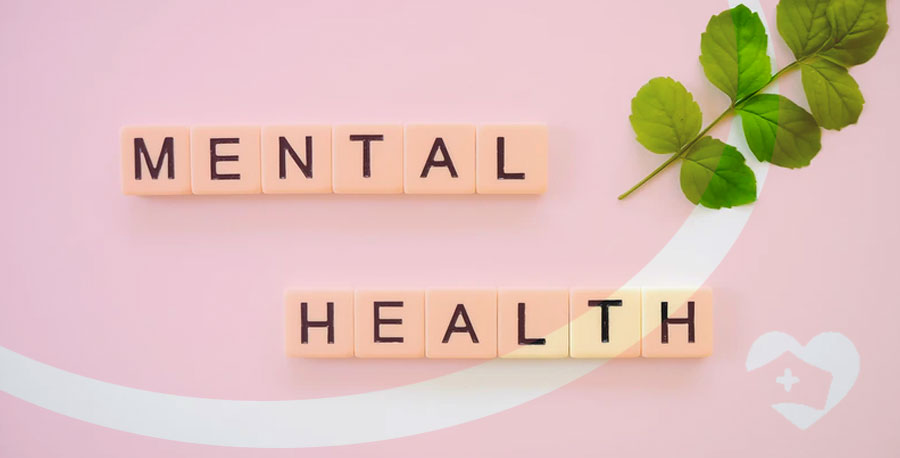Whether you’re living with a mental illness or not, it’s essential to understand what it means to be mentally healthy and living well.
What is Mental Health?
Mental health is a constructive idea corresponding to the emotional and social well-being of individuals and communities. Being mentally healthy or having good mental health is beyond not falling sick; it’s instead a state of complete well-being.
The influence behind this concept is culture, but it commonly refers to:
* Satisfaction of life
* The ability to withstand and recover from illness, sadness and stress
* The ability to set a goal and fulfil it
* Being able to develop and maintain relationships with other people
The Aboriginal and Torres Strait Islander peoples mostly use the term “social and emotional well-being” to reflect an advanced holistic view of health.
Some people with different cultural and linguistical backgrounds also use this term. They tend to have varying ideas of mental health and mental illness.
Factors Influencing Mental Health and Well-Being
Many psychological, biological, social and environmental factors are influencing mental health. These factors interact in complex ways, including:
* Individual factors such as the capability to cope with stress and manage thoughts and having social and communication skills to connect with other people
* Community factors such as activities to highlight and embrace diversity, a positive sense of belonging, participation in the society, social support, and community connectedness
* Structural factors such as freedom from discrimination and violence, safe living environments, education, employment, and access to economic resources
Steps to Mental Well-Being
Steps to improve your mental well-being include:
- Connect with other people: Take time each day to talk with friends and family, play games with children, have a banquet with colleagues and more!
- Be physically active: Engage in swimming, cycling, biking, jogging, or even dancing. You can also find other free activities that can help you get fit.
- Learn new skills: Work on DIY projects, try new challenging hobbies, or consider signing up for a course online or at a college.
- Give to others: Offer yourself to assist others in their projects and volunteer in your community home care, hospital or schools.

